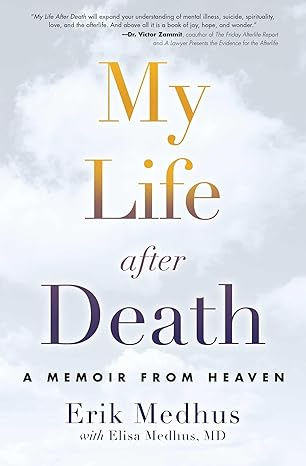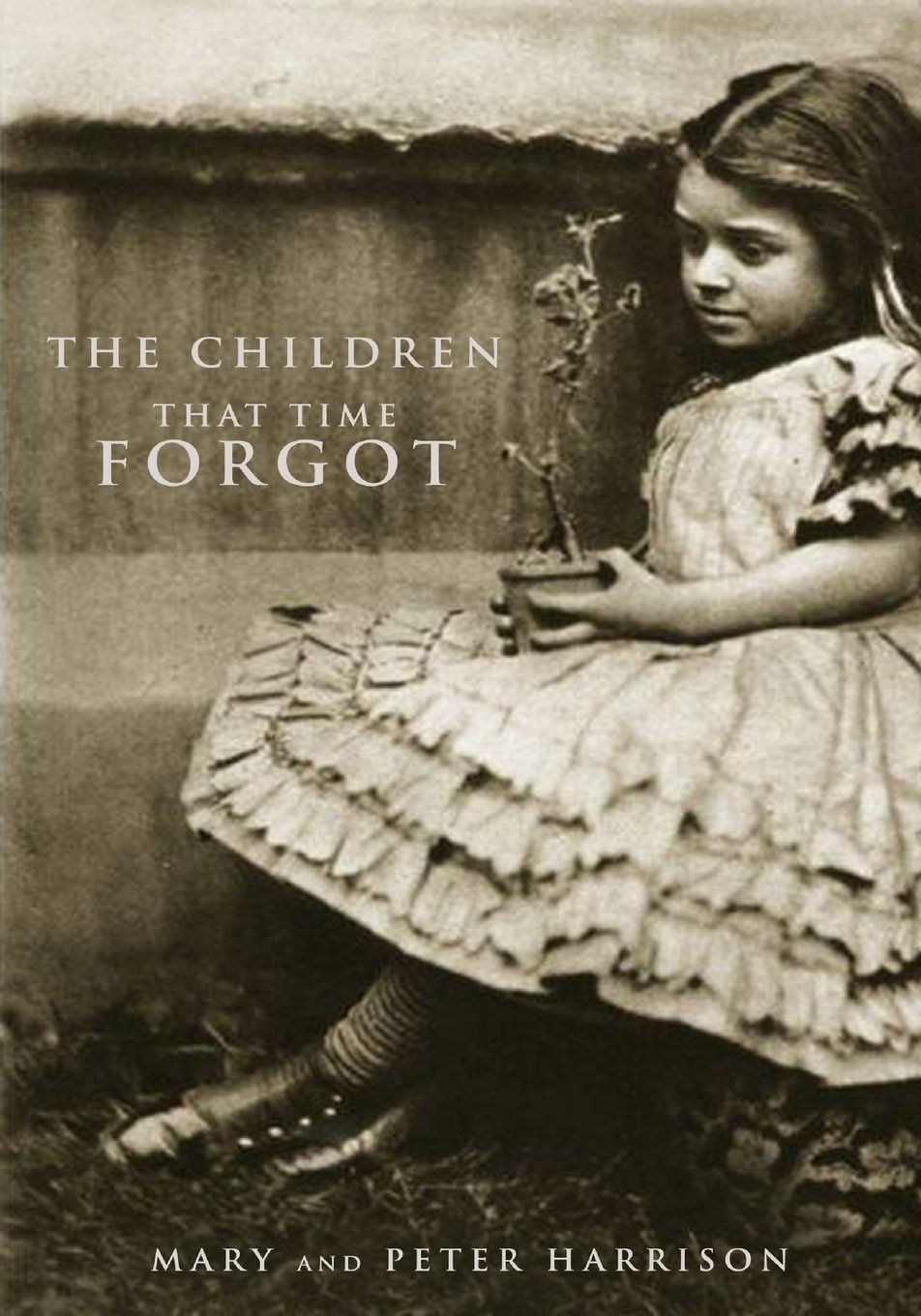Frederic William Henry Myers
- Steve Freier

- Jan 9, 2022
- 4 min read
Updated: Jan 11, 2022
The Afterlife is mostly what this blog is all about. At this point I have read hundreds of books about it. Based upon the numerous studies and books I have read, I have no doubt that life Afterlife does indeed exist.To me the most interesting books have been the ancient books written 100 or more years ago about mediums and the research done by the founders of the

Society for Psychical Research (SPR).
In 1882, Frederic William Henry Myers (1843-1901) co-founded the SPR and was a major contributor to its success for the next twenty years.
I give credit to the website: http://www.trans4mind.com/spiritual/myers1.html for much of the following. Frederic William Henry Myers was the son of an English clergyman. He was a classics scholar turned scientist by his interest in psychic phenomena and mediumship. An after-death communication from his first wife confirmed Myers’ belief in the survival of human consciousness. Myers wrote Human Personality and its Survival of Bodily Death, the culmination of his research, at a time when scientific pioneering was proceeding toward materialism—when simply expressing the belief that man possesses a soul was a very daring act. Risking even more, Myers declared the soul able to survive the death of the body. The object of his work was, in his mind, “to do what can be done to break down that artificial wall between science and superstition.”
The book accomplished the following:
A landmark analysis of mediumship, psychic abilities, and life after death from one of the greatest forerunners of modern psychic research
One of the first scientific studies to recognize extrasensory perception as a natural, observable phenomenon
Describes the paranormal experiences of persons awake, sleeping, and hypnotized
Applies scientific methods of observation and discussion to one of the universal mysteries of humankind-the survival of the soul
Illuminated the path of consciousness exploration for some of the greatest minds of the last century
Myers legacy is a series of after death communications called the “Cross Correspondences.” The Cross-Correspondences were fragments of information that came through different mediums and which in themselves meant nothing. However, when pieced together they formed coherent messages. The objective was for the communicating spirits to demonstrate that the messages were not coming from the conscious or subconscious of a single medium, or by means of telepathy from another human, or from some cosmic memory bank. It was as if the spirit communicators devised a 1000-piece jigsaw puzzle with the pieces scattered in various parts of the world.
Myers pursued this task with a diligence characteristic of him in life. Myers, for all the grand scope of his interests, was a very modest man. And he was also a very systematic one. These two qualities perfectly explained the style and timing of his after-death communications. He wanted to prove to his friends that he still lived and he devoted thirty years to that. From 1901 to 1932, more than three thousand scripts were communicated. Receiving and interpreting such a vast body of material was often burdensome to those involved.
He had been dead for nearly twenty-three years before, at last, he started to communicate on that most mysterious of all geographies – the world of the dead. Myers was not the first to describe life after death. Plenty of other communicators had done that in spiritualist séances, but although their reports had at first been examined with fascinated anticipation, they were soon dismissed with snorts of derision. For Heaven, the afterlife, had always been something very special to man – a transcendent paradise where the pain and struggle of this life would be surmounted and the mysteries of human life and death would at last be revealed in the very abode of God himself. But what was reported was quite something else indeed. For what the communicators described was nothing but an earth style of life. It was terribly beautiful, and the ‘dead’ were very happy and active too. What exactly did they do there? Well, pretty much what they had always done – they played golf, for example, and drank Scotch. They had sexual adventures and they smoked cigars. They played cards, lived in houses like those they had occupied on earth, and even went to work! Now this, obviously, could not be Heaven: it was clearly spiritualist self-delusion. Myers, however, was to show that these communicators were right – at least in part. For it had never occurred to the critics that if men were going to transcend their earth-lives after death and move onwards to a ‘divine’ realm, then it would certainly be a kindness to them to start them off with something familiar – to match the lives and beliefs they were familiar with on earth.
This description matches much of what I have read in numerous other books. However, not all Afterlife experiences are an extension of your current Earth life. Your experience on the Other Side seems to depend greatly upon your level of development of consciousness. So a Mother Theresa type of person would most likely skip past the Earth Duplicate experience and move to a much higher plane. But for the vast majority of individuals down here on Earth who are here living the typical unconscious life, it seems inevitable that their “heaven” will indeed bear close resemblance to and become a direct extension of what they are living now. We will look at more of the details of how that might work in future writings.




Comments